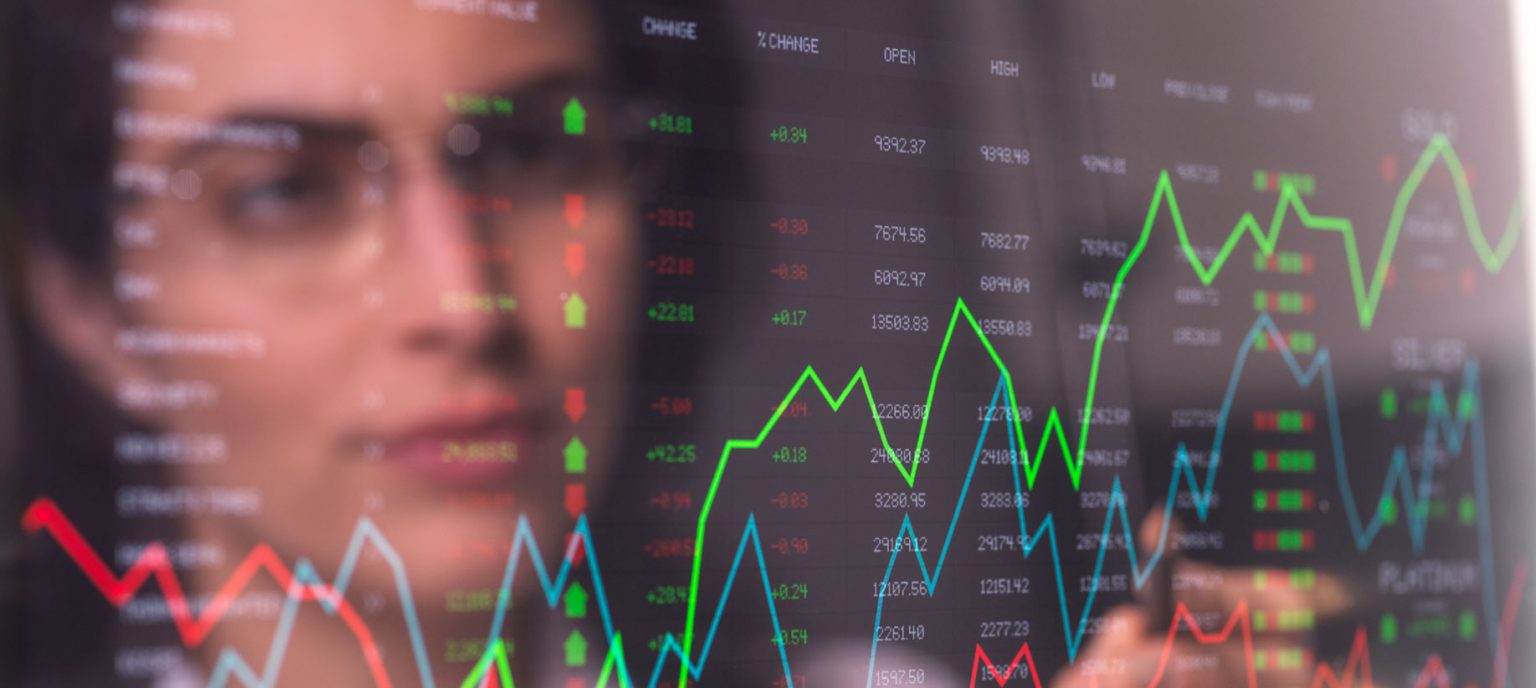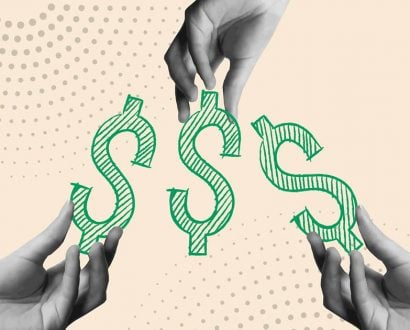The dusty realm of finance and investments, for so long a boys’ club, is being shaken up by a new wave of female know-how. It’s a breath of fresh air but one that is long overdue.
Gender inequality in these traditionally male-dominated worlds persists despite the fact that female capabilities in these areas have been recognised for some time. However, as it has become increasingly clear that women have been particularly affected by the pandemic with many losing their jobs or forced to quit under the difficult working conditions of lockdown or disproportionate extra childcare responsibilities due to at-home learning, the issue of investment inequality has climbed the agenda. Women need to embrace investing, according to the experts. And as it turns out, they seem to be doing just that.
A recent study by Fidelity Investments shone a light on the shift underway, looking at 5.2 million customer accounts between January 2011 and December 2020. Its resulting ‘2021 Women and Investing Study’ found that the number of female investors had risen by a staggering 50 per cent since 2018 when it last carried out the study. Now, two-thirds (67%) of women are investing their savings outside of retirement accounts and emergency funds in the stock market.
“We’re seeing a notable shift in women wanting to learn more not just about how to start investing but how to dig deeper.” – Lorna Kapusta
Not only that, but the study revealed another interesting statistic – that women are in fact often superior investors, with their investment returns 40 basis points or 0.4 per cent higher than those of men.
“We’re seeing a notable shift in women wanting to learn more not just about how to start investing but how to dig deeper – how to evaluate and select different types of investments to align with specific goals and how to manage an existing portfolio to ensure you’re invested appropriately and on track,” says Fidelity’s Head of Women Investors and Customer Engagement, Lorna Kapusta.
There are plenty of theories around why women are seeing better returns. First up is the fact that women generally trade more consistently and don’t try to time the market – a practice that requires incredible accuracy and can therefore often go wrong. On top of that, women tend to trade less. They ride out market lows and dodge additional fees levied on extensive trading activity, putting more research into where they are putting their money before taking the plunge.

Men, on the other hand, are more prone to overtrading. In 2001 professors Brad M Barber and Terrance Odean discovered that, on average, men trade 45 per cent more than women. An earlier piece of research by the pair revealed that individual investors who traded the most earned an annual return 6.5 percentage points lower than the overall performance of the stock market.
Overtrading is spurred on by overconfidence, again proven to be a common trait in men working in the finance world. Meanwhile, women are more likely to be less confident. Indeed the report found that only one-third of women were comfortable enough with their investing knowledge to consider themselves investors, and this lack of self-belief is holding many of them back.
“When it comes to making money, there is almost nothing on helping women make substantial investments.” – Camilla Falkenberg
But studies like the ‘Women and Investing Study’ that highlight female prowess in the world of investing could help to embolden women to trust in their capabilities. A recent burst of high-profile female moves in the world of finance could also do the same; for example, the February 2021 appointment of Jane Fraser as CEO of Citigroup, making her the first woman to lead a major Wall Street bank, as well as a number of large female-led hedge fund launches.

There are also more resources for women to turn to for support along their investment journey. These help break through the dense forests of financial jargon that have been highlighted as a deterrent for women when it comes to investing. A 2018 study by HSBC found that 35 per cent of women found it off-putting compared with just 26 per cent of men.
These resources include Copenhagen-based Female Invest which launched in 2019 and last year raised a A$6.3 million seed round to fund its expansion. “When it comes to money-saving insights, the internet is filled with sites which advise young women on how to save money on beauty, clothes, food and going out. Yet, when it comes to making money, there is almost nothing on helping women make substantial investments,” Co-Founder Camilla Falkenberg explained. “Female Invest fills this gap.”
“While the industry still has work to be done, it’s clear that diversity and inclusion are a key business imperative to investment management firms.” – Jollon Colsher
Then there is also Girls Who Invest, a New York-based not-for-profit organisation “dedicated to transforming the investment management industry by attracting and advancing women investors, changemakers and leaders”. In 2021, it announced it had hit the major milestone of more than 1,000 students since its inaugural class in 2016.

“While the industry still has work to be done, it’s clear that diversity and inclusion are a key business imperative to investment management firms,” President and CEO Katherine Jollon Colsher said. “We’re proud to play a role in educating the marketplace on the importance and benefits of a diverse workforce, and are encouraged by our partner firms’ commitment and the momentum we’re seeing.”
The rise of the female investor is important because it’s about so much more than just money – it’s about empowerment, financial independence and freedom. It’s also good for the planet. Women have a tendency to make financial decisions that they believe will benefit the people they care about. A 2020 survey by Money Crashers on the psychology of investing revealed that only 19 per cent of women would invest in a company that was not considered socially responsible as compared with 51 per cent of men.
And with female investors also three times more likely to put their money into projects founded by other women, this could be just the change the world needs.
Read next: Where to invest your money in a post-pandemic world







